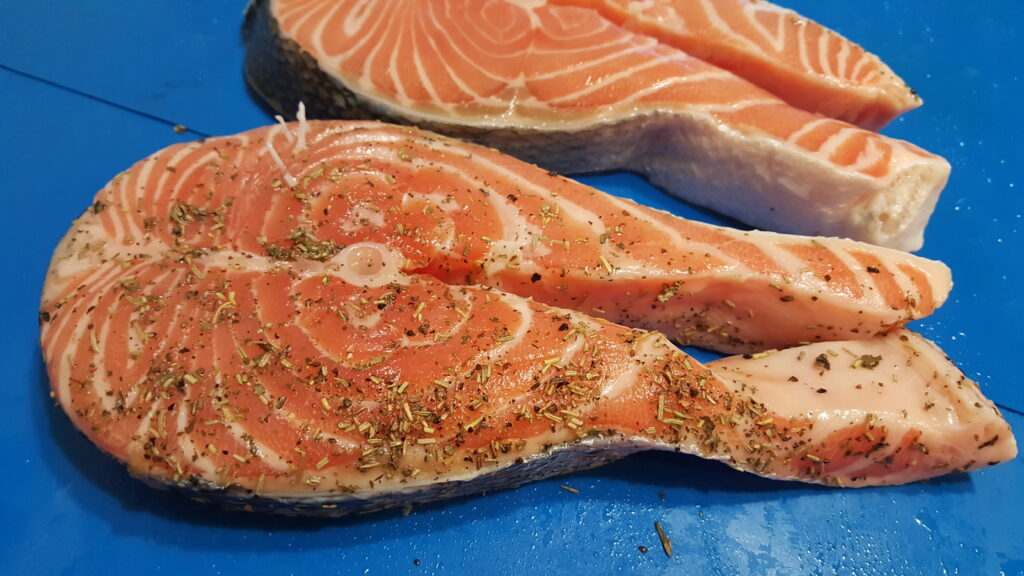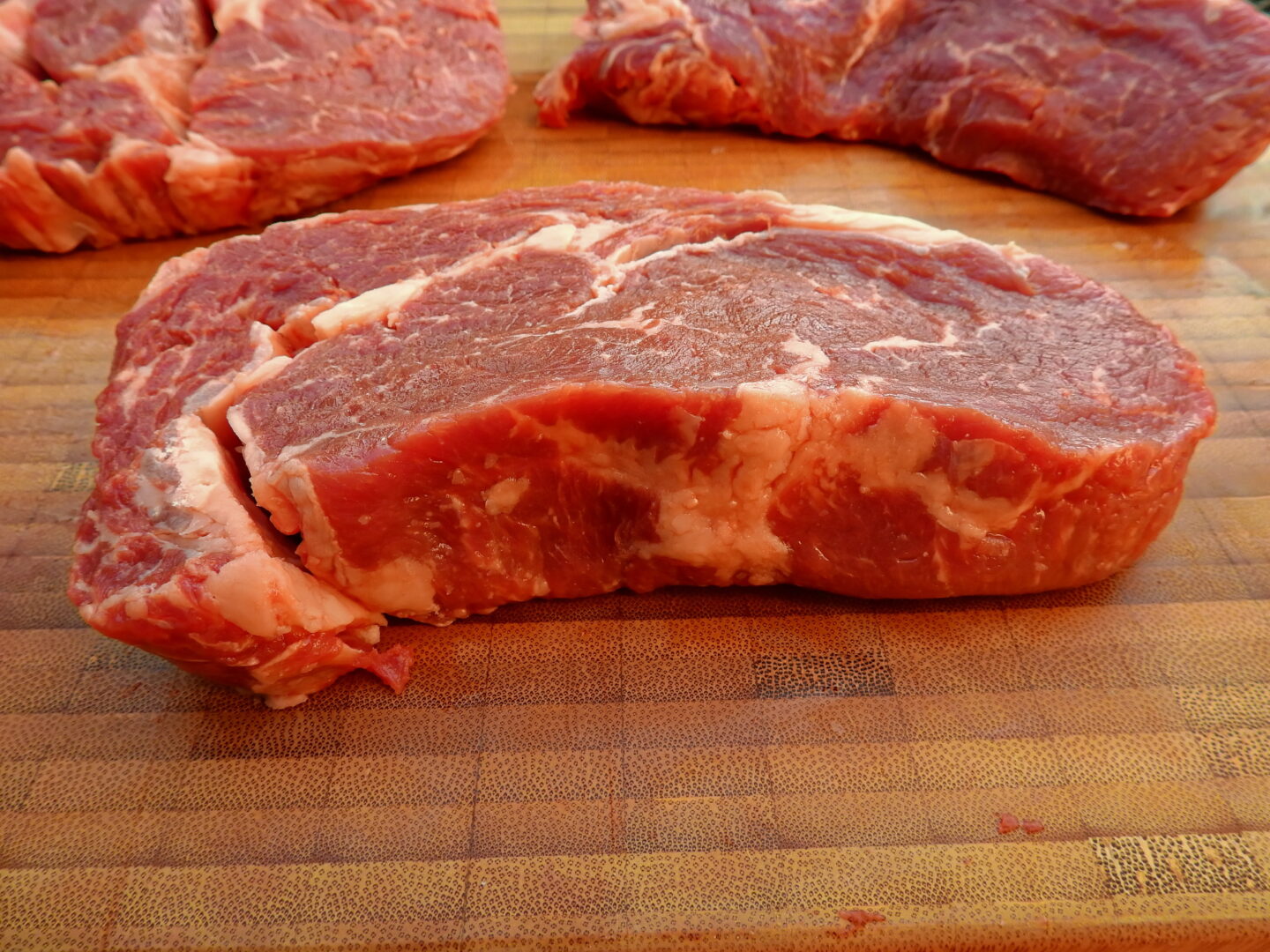Protein is a very important macronutrient (the others are; carbohydrates and fats), when it comes to a fitness lifestyle. For anyone who is interested in building muscle, consuming at least 1 gram of protein per pound of body weight is recommended. The logic behind this is that, your lean muscle mass is no where near 1g/lb of body weight, so consuming around that will be over that amount and provide your body with the essential amino acids that it needs to build your muscle mass.

As we all know from basic high school biology, protein is made up the building blocks known as amino acids. I am sure those words “the building blocks of proteins are amino acids”, rings a heavy bell as you are reading this and it has you going “oh yeah, I remember that!” (yeah high school stuff coming back to haunt you!) Those amino acids are essential for muscle growth. As your muscles become damaged due to the stress placed on them during and after an intensive weight lifting session, those amino acids are essential for that repair. Once muscle is broken down and built back up, muscle growth is inevitable. Sadly though, if you do not provide your body with those essential amino acids (it’s called essential because your body acquires it from your diet), those damaged muscle tissues will not be repaired and you will not experience any muscle growth. That is where an exogenous source of protein comes into play.
Now, most people may not be able to consume a high protein meal, in one sitting (e.g: large amounts of chicken breasts!), so instead, we turn to protein shakes, which makes it very easy to consume 50+ amount of protein, without feeling as if we’re about to explode. So the question is, how much grams of protein can we consume in one sitting? Is 50 the max? What about 75 grams? Can we actually consume 100 grams of protein and our body break it down without us shitting the rest out??
Firstly, we got to look at how the protein that we consume, even gets digested. Simple science; protein digestion begins in the stomach and absorption starts in the intestine. Protein is digested partially in the stomach when pepsinogen is converted to pepsin when it is introduced to HCl (hydrochloric acid) and then in the small intestine by trypsin and chymotrypsin. Majority of the protein we consume is absorbed through the small intestine. A lot of the amino acids we consume, are used up by other organs in the body but for this article’s purpose, branched chain amino acids are the only amino acids we’re interested in as they are related to muscle growth.
Common belief is that one can only consume a very low amount of protein (e.g: 30 grams), in a seating because anything more wouldn’t be absorbed by the small intestine and the rest will just be excreted. Current research has shown in one instance, which focused on elderly women; one group was given majority of their dietary protein intake in one meal and the rest throughout the day and the other group was given the same amount of dietary protein intake for the day but the protein consumption was spread out throughout the day, evenly amongst 4 meals. The conclusion was that the uneven distribution of the protein intake throughout the meals for the day, was much more efficient, than evenly distributing the protein over several meals throughout the day.
The other research, which those in the fitness community can relate to a little more than one that was done on elderly women, focused on intermittent fasting. I have previously written about this type of eating protocol in my blog, and it’s very encouraging to actually see some supportive information in relation to it, contributing to this very important article about protein consumption. It was shown that there was no difference in the preservation of muscle mass between those who followed an eating protocol that required you fast for an extended period of time and consume all of your calories within a feeding window or those who spread their protein intake evenly throughout the day. In fact, there are a lot of people who only have a 4 hour feeding window and are required to eat a large amount of protein, carbohydrates and fats to build or even maintain their muscle mass.
So in conclusion, although there hasn’t been any research that has actually focused on the maximum amount of protein one can consume in one sitting and actually absorb; 80 g to 100 grams of protein doesn’t seem to be such a grand number that protein absorption becomes null at this point. This means one can consume possibly, 4 scoops of protein powder and acquire 100 grams of protein to contribute to their overall protein intake for the day, without worrying if their body is just going to excrete the majority of it. Also, a factor to take into consideration is that if some elderly women can have improved protein retention consuming 80% of their protein intake in one meal, imagine how much 80% of your dietary protein intake will be, in one meal, being a bodybuilder! That’s a lot of protein to be consumed in one sitting!
Sources used for this article, for your own referencing purposes: (an educated lifter, is one to be reckoned with!)
http://www.ncbi.nlm.nih.gov/pubmed/10357740
http://www.ncbi.nlm.nih.gov/pubmed/19776143
